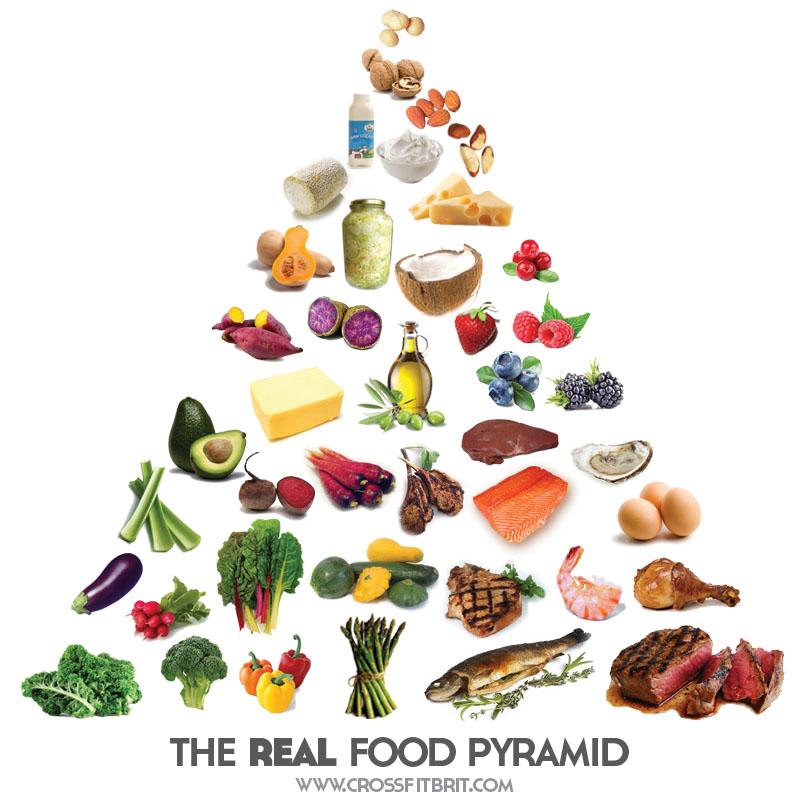jeudi 28 mai 2015
mercredi 27 mai 2015
Atherosclerosis
mardi 26 mai 2015
Non coeliac gluten sensitivity
Why it is mandatory to check every thing about a "scientific" paper...
This address does not work, nor the others for RM Fleming former cardiologist in Omaha Nebraska USA.
I would have liked to send him some questions about this paper:
The effect of high-protein diets on coronary blood flow.
Author information
- 1The Fleming Heart and Health Institute and the Camelot Foundation, Omaha, Nebraska 68114, USA. rfmd1@uswest.net
Abstract
Especially about the type of protein and the type of fats in the study. I was surprised by the Lp(a) burst as we know tha Lp(a) is genetically regulated and could increase only with a high carb diet...
I was surprised twice to discover the fraud...
http://journalstar.com/news/state-and-regional/nebraska/former-omaha-doctor-faces-possible-sanctions-for-fraud/article_04877e84-3dda-11df-a936-001cc4c03286.html
http://abcnews.go.com/2020/story?id=124294
Should Sage publishing investigate the data of this paper and finally retract it?
Goat's vs cow's milk
DOMS and berries
Cherry Juice Targets Antioxidant Potential and Pain ReliefKuehl K.S.Division of Health Promotion and Sports Medicine, Department of Medicine, Oregon Health and Science University, Portland, Oreg., USA |
Abstract
Strenuous physical activity increases the risk of musculoskeletal injury and can induce muscle damage resulting in acute inflammation and decreased performance. The human body’s natural response to injury results in inflammation-induced pain, swelling, and erythema. Among sports medicine physicians and athletic trainers, the mainstays of urgent treatment of soft tissue injury are rest, ice, compression, and elevation (RICE). In order to reduce pain and inflammation, anti-inflammatory agents such as non-steroidal anti-inflammatory drugs (NSAIDs) act on the multiple inflammatory pathways, which, although often very effective, can have undesirable side effects such as gastric ulceration and, infrequently, myocardial infarction and stroke. For centuries, natural anti-inflammatory compounds have been used to mediate the inflammatory process and often with fewer side effects. Tart cherries appear to possess similar effectiveness in treating the inflammatory reaction seen in both acute and chronic pain syndromes encountered among athletes and non-athletes with chronic inflammatory disease. This article reviews the antioxidant and anti-inflammatory effects of tart cherries on prevention, treatment, and recovery of soft tissue injury and pain.
© 2012 S. Karger AG, Basel
Author Contacts
Dr. Kerry S. Kuehl, MD DrPH, Division of Health Promotion and Sports Medicine, Department of Medicine, Oregon Health and Science University, 3181 SW Sam Jackson Park Rd, Portland, OR 97239 (USA), Tel. +1 503 494 5991, E-Mail kuehlk@ohsu.edu
lundi 25 mai 2015
Obesity related to change of human conditions of life
Glioblastoma and Caloric Restriction low carb diet
We need survival data to recommend such diet. It is of great importance to keep in mind that apart low carb high fat diet patients should be in caloric restriction. This si not easy to manage concomitantly with the conventional treatments.
Denise Minger sums it but you should read the paper at the bottom of the post
 |
| http://www.thepaleomom.com/wp-content/uploads/2015/05/Ketogenic-Diet-Literature-Review.pdf |
http://journals.plos.org/plosone/article?id=10.1371/journal.pone.0100652
We cannot recommend LCHF diets on the basis of clinical studies in D2, MS or normal subjects.
It seems more evidence based to recommend CR and med diet with low carb in adults regardless of what they want to improve.
What is the best trade off for your blood lipid profile?
Paleo un article très superficiel
dimanche 24 mai 2015
samedi 23 mai 2015
jeudi 21 mai 2015
Childhood obesity and processed food consumption
Last year, the country enacted taxes on sugary beverages and high-calorie packaged snacks, while limiting junk-food advertisements aimed at children. Mexico ranks near the top among Organization for Economic Cooperation and Development countries for overweight populations and Type 2 diabetes. One-third of Mexican children are already considered overweight, according to government statistics.
mercredi 20 mai 2015
Paleo diet and seafood
http://www.science.mcmaster.ca/geo/people/faculty/schwarcz/index.html
http://onlinelibrary.wiley.com/doi/10.1002/ajpa.22595/abstract
http://abcnews.go.com/Health/scientists-reveal-real-paleo-diet-ancient-skeleton/story?id=30064128
http://www.theguardian.com/us-news/2015/may/18/oregon-lifestyle-wild-native-american-ancestors#img-5
mardi 19 mai 2015
lundi 18 mai 2015
vendredi 15 mai 2015
Testing your grip is worth than reading food labels
jeudi 14 mai 2015
Grassfed cattle is environmently friendly
https://epicbar.com/blog/?p=4561
http://www.nature.com/ncomms/2015/150430/ncomms7995/full/ncomms7995.html
http://phys.org/news/2015-05-farmland-boost-carbon-sequestration.html
http://faculty.washington.edu/elizaw/SOC.pdf
One of the favored arguments of vegans about meat is not about your health but about the "future of the planet". Despite the fact that most of our predictions as humans revealed wrong about demography, economics, climate or science, they believed that meat production is a very important environmental issue which justifies avoiding meat and cattle production.
This paper explains clearly that they are wrong if cattle are grassfed.
Emerging land use practices ra
Abstract
The worst is never certain but ideologized people use it to their aims.
https://chriskresser.com/impacts-and-ethics-of-eating-meat-with-diana-rodgers/









